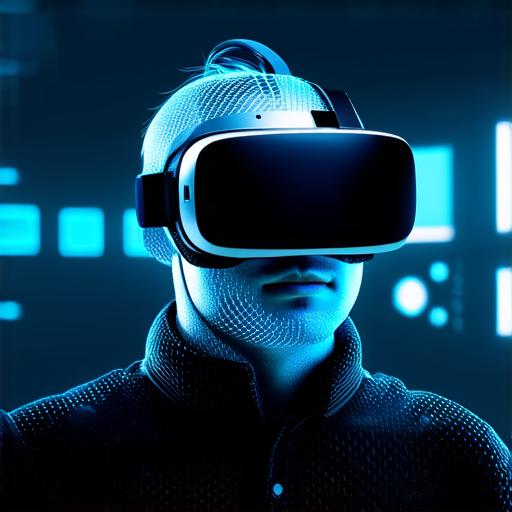As augmented reality (AR) technology continues to evolve, one term that developers are increasingly using is “mesh.” But what does this mean exactly? In this article, we will explore the concept of mesh in AR and explain its significance.
What is Augmented Reality?
Before diving into the topic of mesh, it’s important to understand what augmented reality is. AR is a technology that overlays digital content onto the real world. This can be anything from simple graphics to interactive experiences. AR has a wide range of applications, including gaming, education, and retail.
What is Mesh in AR?
Mesh refers to the network of interconnected objects or points used to create an AR experience. These objects are typically 3D models that are imported into an AR software platform. The mesh is then manipulated by the developer to create an interactive environment that responds to user input.
The Benefits of Mesh in AR
Mesh offers several benefits to AR developers. First, it allows for greater interactivity and customization. With mesh, developers can create experiences that are tailored specifically to the user’s needs and preferences. For example, a gaming app might use mesh to allow players to create their own custom characters or modify existing ones.
Second, mesh enables developers to create more realistic and immersive environments. By using 3D models and manipulating them in real-time, AR apps can provide users with a sense of presence that is difficult to achieve through traditional 2D graphics. This can be especially useful in applications such as education or training, where it’s important to create an environment that feels like the real thing.
Third, mesh allows for greater flexibility and scalability. With mesh, developers can easily add or remove objects from an AR experience without having to rebuild the entire app. This makes it possible to create experiences that are both simple and complex, depending on the needs of the user.

Real-World Examples of Mesh in AR
There are many examples of mesh being used in AR applications. One well-known example is Snapchat’s filters. These filters use mesh to overlay digital content onto the real world. Users can choose from a variety of filters, including animations and 3D objects, that can be placed on their face or body.
Another example is IKEA’s AR app, which uses mesh to allow users to see how furniture would look in their home before making a purchase. The app provides users with a 360-degree view of the furniture and allows them to move it around and customize its appearance.
Mesh vs. Other AR Technologies
Mesh is just one of many technologies used in AR development. Others include tracking systems, sensors, and optical devices. While each technology has its own strengths and weaknesses, mesh is particularly well-suited for applications that require interactivity, customization, and immersion.
Tracking systems, for example, are used to track the user’s movements in AR. This can be useful for creating experiences that respond to gestures or body movements. However, tracking systems can be limited by environmental factors such as lighting and interference from other devices.
Sensors, on the other hand, are used to gather data about the user’s environment. This can be useful for creating AR experiences that react to changes in the real world, such as weather or time of day. However, sensors can be expensive and may not be suitable for all applications.
Optical devices, such as cameras and projectors, are used to display AR content. These devices can be used to create immersive environments, but they can also be bulky and may not be suitable for mobile devices or small spaces.
